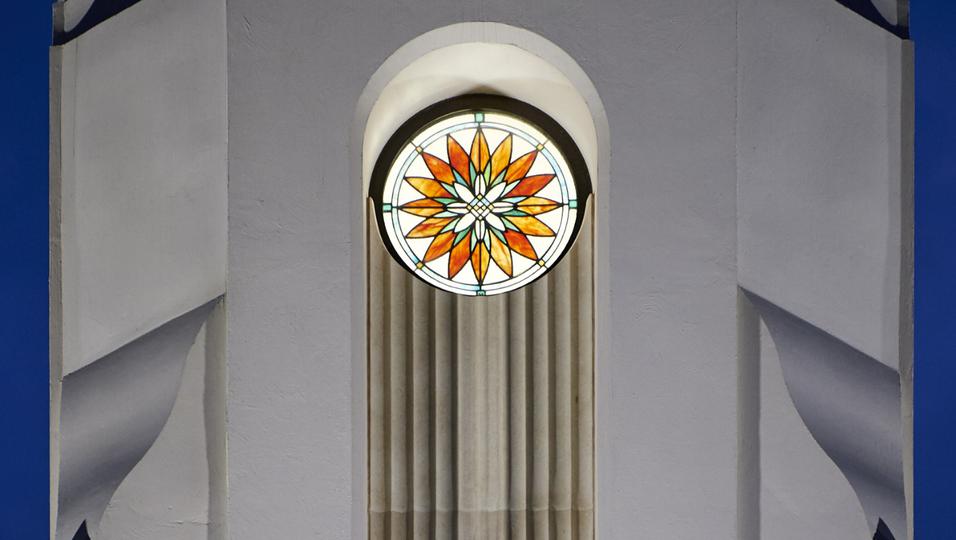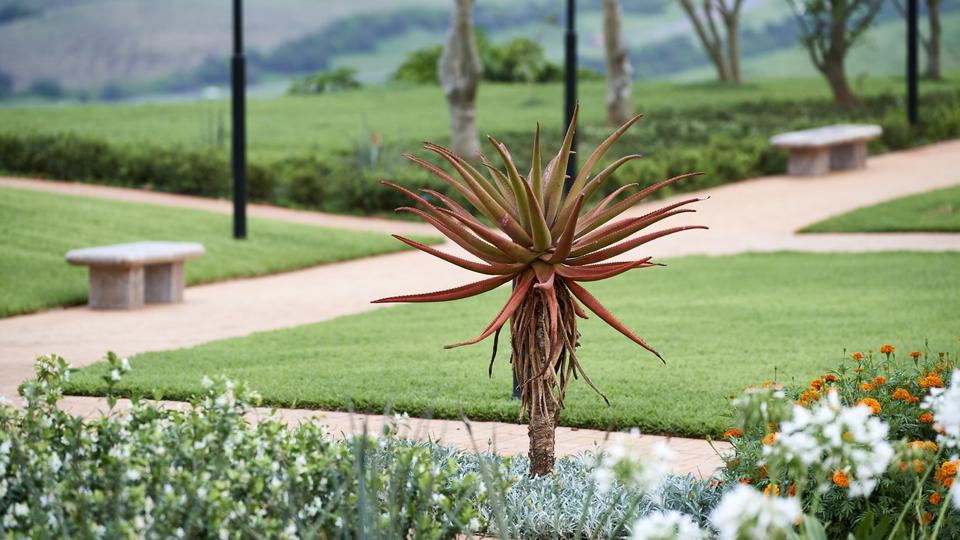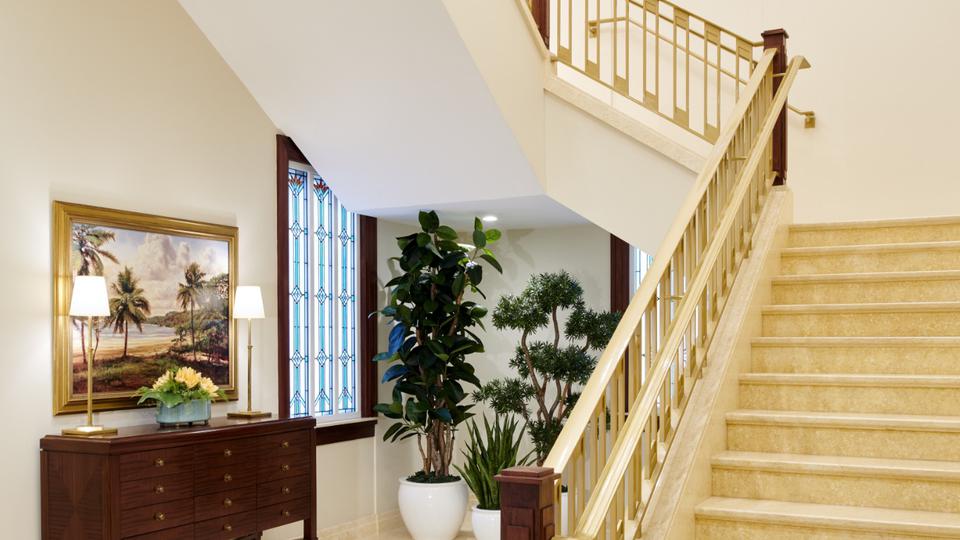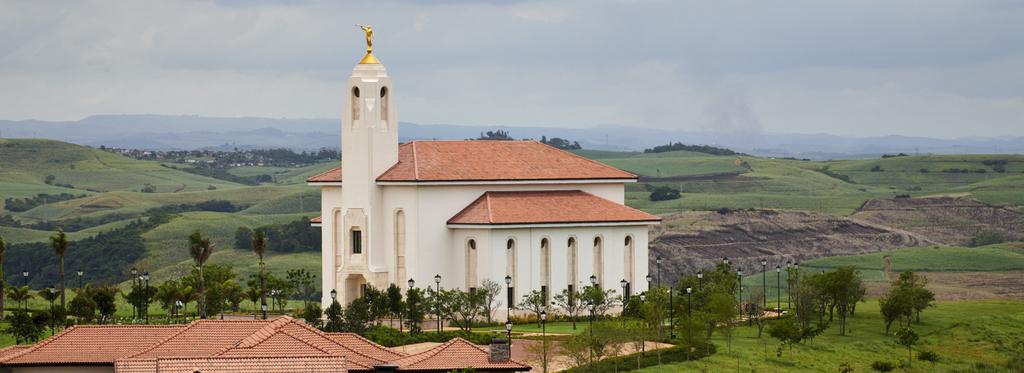The public is invited to visit the new Durban South Africa Temple of The Church of Jesus Christ of Latter-day Saints. The open house begins Wednesday, January 22, and goes through Saturday, February 1, 2020, with a break on Sunday, January 26. The temple is located at 2 Izinga Drive, Izinga Ridge 4021 Umhlanga, KwaZulu-Natal.
A temple open house gives people of all faiths the opportunity to step inside what Latter-day Saints consider to be a house of the Lord and experience the sacred structure’s beauty. Temples are considered houses of the Lord where Jesus Christ’s teachings are reaffirmed through baptism and other rituals that unite families for eternity. In the temple, Church members learn more about the purpose of life and make covenants to follow Jesus Christ and serve their fellow man.
Church leaders will dedicate the Durban South Africa Temple on Sunday, February 16, 2020, in three sessions, at 9:00 a.m., 12:00 noon and 3:00 p.m. All dedicatory sessions will be broadcast to select meetinghouses in the temple district, so Latter-day Saints across the temple district (consisting of the KwaZulu-Natal and Eastern Cape provinces of South Africa and the countries of Lesotho and Mozambique) may participate in the services. A youth devotional led by Church leaders will take place the evening prior to the dedication, in a meetinghouse close to the temple. The devotional will also be broadcast to other select meetinghouses in the temple district.
Temple Location
The Durban South Africa Temple is located about 12 miles north of the Durban city center, in the new and developing Izinga neighborhood. The temple is situated atop a beautiful grassy knoll with unobstructed views of the sugarcane fields for which the area is known. In the other direction, the temple is surrounded by a residential neighborhood along the rolling coastal hills. The homes are characterized by earthy colors, red clay tile roofs, and wood and stone accents.
Temple Design
The temple design was inspired by the buildings of downtown Durban. The corners of the building and tower employ simple and elegant detail, while fluted stone panels accent the window openings. In the center of the fluting, simple geometric carvings highlight the African roots of the region. Similar to the houses in the surrounding neighborhood, the temple has a pitched red clay tile roof.

Temple Landscaping
The indigenous landscaping brings color and life to the temple grounds. The entire site is 14.49 acres. More than 800 trees dot the grounds, including symbolic king palms and flowering trees such as the coral tree, with its vibrant red flowers. Among the 2,800 square meters of lawn are thousands of shrubs, vines and flowers, including South African aloes that flower in winter and the striking strelitzia juncea, well known in the region. In addition, decorative motifs of the king protea, the national flower of South Africa, have been used around the temple on the entry gates, stone benches and art glass.

Temple Interior
Consistent with the exterior of the building, the interior walls have recessive steps that offer shadow lines and detailing. Sapele mahogany has been used for the millwork, casework and doors, with diamond-shaped patterns that highlight the grain of the wood. Other carved motifs have been included throughout the temple to highlight altars, pew seating and the entry desk.
The rugs are custom-made and imported. They have a South African basket-weaving design and are in gold, white and cream colors. The Italian marble flooring contains tribal geometric patterns to accentuate the African theme throughout the temple.

The temple also features more than 50 exquisite art pieces, including many scenes from the life and ministry of Jesus Christ and several pieces depicting African landscapes. The temple walls are adorned with scenes of sunsets, rivers, waterfalls, African wildlife and indigenous flora and fauna.
